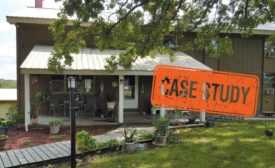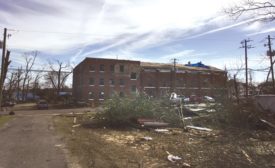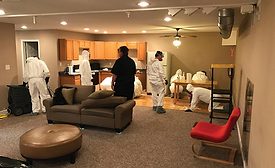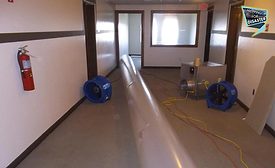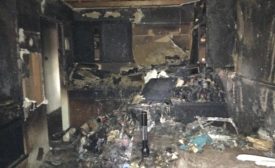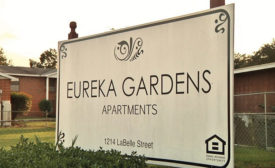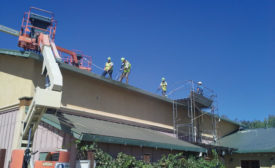Home » case study
Articles Tagged with ''case study''
Restoring Hattiesburg: Rebuilding after a Deadly EF3 Tornado
Crews mobilized quickly to help the Mississippi town struck by a deadly twister.
Read More
Balancing Pre-Loss Condition & Homeowner Expectations
A case study on fire damage restoration, insurance payouts, and upgrade requests.
Read More
Stay ahead of the curve with our eNewsletters.
Get the latest industry updates tailored your way.
JOIN TODAY!Copyright ©2025. All Rights Reserved BNP Media.
Design, CMS, Hosting & Web Development :: ePublishing


